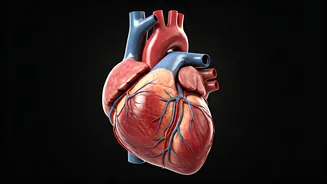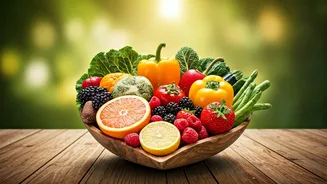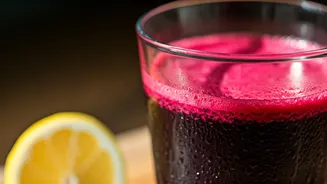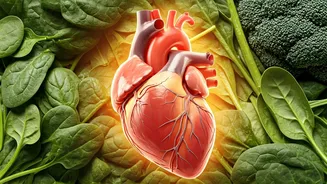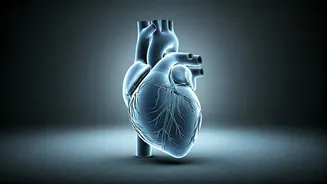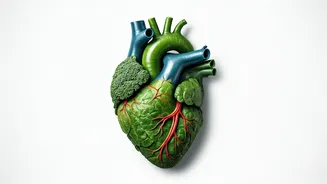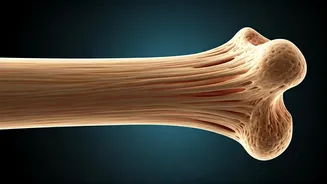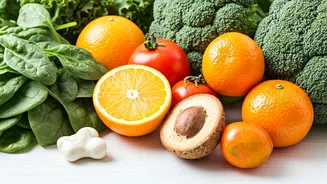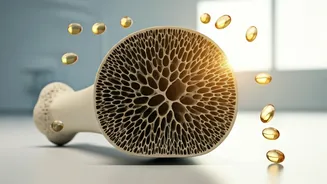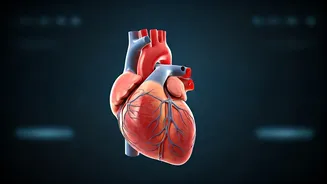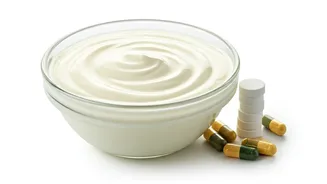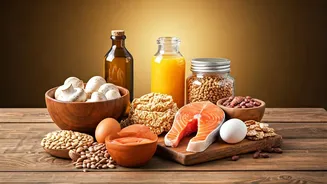Types of Vitamin K
Vitamin K isn't just one thing; it comes in two main forms: Vitamin K1 (phylloquinone) and Vitamin K2 (menaquinone). Vitamin K1 is primarily found in leafy
green vegetables, playing a significant role in blood clotting. On the other hand, Vitamin K2 is found in fermented foods and animal products and is essential for bone and cardiovascular health. Vitamin K2 also has several subtypes, such as MK-4 and MK-7, which have different roles within the body. Understanding these two types helps you ensure you're getting a well-rounded intake to support overall health.
Bone Health Benefits
Vitamin K plays a critical role in maintaining bone health, working in partnership with calcium and vitamin D to keep your skeletal system robust. Vitamin K2 activates osteocalcin, a protein that helps bind calcium to the bone matrix, promoting bone density and strength. Studies show that adequate Vitamin K2 intake can reduce fracture risk, especially in older adults. If you're looking to support your bones naturally, including Vitamin K-rich foods in your diet can be a great step.
Heart-Healthy Aspects
Vitamin K isn't just about bones; it's also a friend to your heart. It helps prevent calcium buildup in arteries, a process that can lead to hardening and reduced elasticity. By activating a protein called matrix GLA protein (MGP), Vitamin K2 prevents the deposition of calcium in artery walls. This process helps keep your arteries flexible and healthy, reducing the risk of cardiovascular disease. Incorporating Vitamin K-rich foods into your diet can be a proactive way to support your heart's well-being over time.
Sources and Intake
Getting enough Vitamin K is relatively easy with a balanced diet. Leafy green vegetables like spinach, kale, and broccoli are excellent sources of Vitamin K1. Fermented foods like natto, a Japanese dish made from fermented soybeans, are particularly high in Vitamin K2. While the exact daily requirement varies, adults generally need about 90-120 micrograms of Vitamin K per day. Eating a variety of these foods will help you reach your daily goals, supporting your body's essential functions. Also, remember that different cooking methods can affect vitamin K content, so vary how you prepare your food.
Deficiency Signs
Vitamin K deficiency isn't common, but when it occurs, it can lead to various problems. The primary sign is increased bleeding or bruising, as Vitamin K is essential for blood clotting. Other signs may include heavy menstrual bleeding in women, nosebleeds, and blood in the stool or urine. In infants, deficiency can be more severe, potentially causing bleeding in the brain. If you suspect you have a Vitamin K deficiency, consult a healthcare professional. They can conduct tests and help determine the best course of action.
Diet and Supplements
You can boost your Vitamin K intake through your diet and, if needed, supplements. Focus on incorporating Vitamin K-rich foods into your meals, such as dark green leafy vegetables. If you're considering supplements, Vitamin K1 and Vitamin K2 are both available. Always discuss supplements with your doctor, as excessive intake can interfere with medications like blood thinners. Finding the right balance will make sure you’re supporting your health without causing any adverse interactions. A balanced diet remains the best way to get this vital vitamin.
